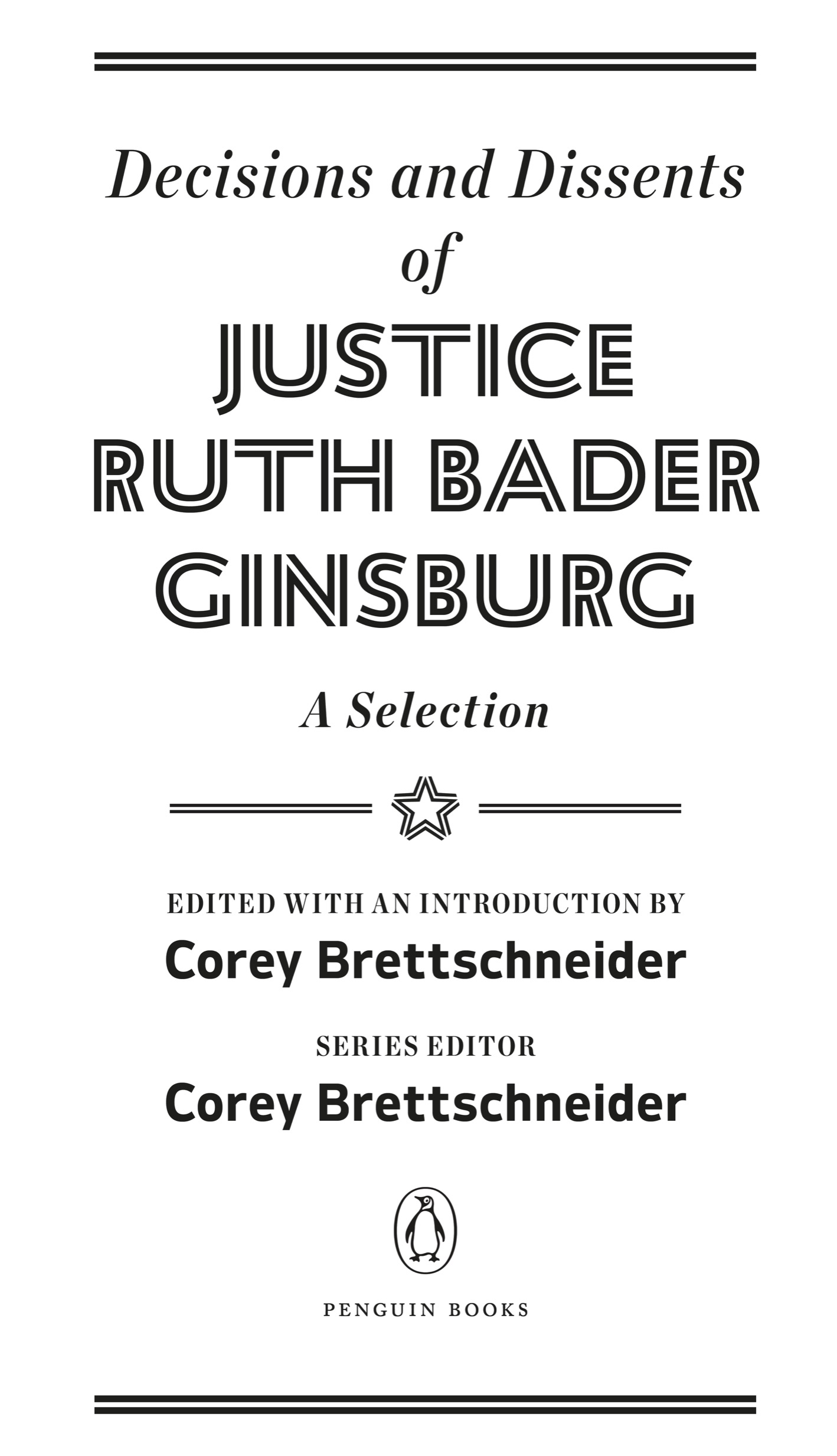PENGUIN 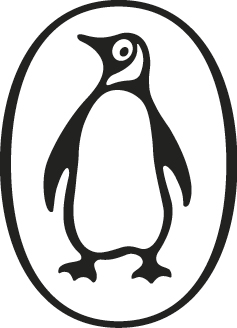 LIBERTY
LIBERTY
DECISIONS AND DISSENTS OF JUSTICE RUTH BADER GINSBURG
Ruth Bader Ginsburg is an associate justice of the United States Supreme Court. Appointed by President Bill Clinton and confirmed by a 963 vote in the Senate, she has served on the Court since August 10, 1993. Ginsburgs appointment made her just the second woman to join the Supreme Court. Previously, Ginsburg had served as a judge on the United States Court of Appeals for the District of Columbia, and was the founder of the Womens Rights Project at the American Civil Liberties Union, the founding faculty advisor of the Womens Rights Law Reporter, and a professor of law at Rutgers Law School and Columbia Law School. Ginsburg was born Joan Ruth Bader in Brooklyn in 1933. She holds a BA from Cornell University, was the first woman to join the Harvard Law Review, and holds a JD from Columbia Law School, where she also joined the law review and graduated first in her class.
Corey Brettschneider is a professor of political science at Brown University, where he teaches constitutional law and politics, as well as a visiting professor of law at Fordham University School of Law. He has also been a visiting professor at Harvard Law School and the University of Chicago Law School. His writing has appeared in TheNew York Times, Politico, and TheWashington Post. He is the author of The Oath and the Office: A Guide to the Constitution for Future Presidents, two books about constitutional law and civil liberties, and numerous articles published in academic journals and law reviews. His constitutional law casebook is widely used in classrooms throughout the United States. Brettschneider holds a PhD in politics from Princeton University and a JD from Stanford Law School.
PENGUIN BOOKS
An imprint of Penguin Random House LLC
penguinrandomhouse.com
Series introduction, volume introduction, and selection copyright 2020 by Corey Brettschneider
Penguin supports copyright. Copyright fuels creativity, encourages diverse voices, promotes free speech, and creates a vibrant culture. Thank you for buying an authorized edition of this book and for complying with copyright laws by not reproducing, scanning, or distributing any part of it in any form without permission. You are supporting writers and allowing Penguin to continue to publish books for every reader.
LIBRARY OF CONGRESS CATALOGING-IN-PUBLICATION DATA
Names: Ginsburg, Ruth Bader, author. | Brettschneider, Corey Lang, editor, writer of introduction.
Title: Decisions and dissents of Justice Ruth Bader Ginsburg : a selection / edited with an introduction by Corey Brettschneider.
Other titles: Judicial opinions. Selections
Description: New York : Penguin Books, 2020. | Series: Penguin liberty
Identifiers: LCCN 2020008191 (print) | LCCN 2020008192 (ebook) | ISBN 9780143135111 (paperback) | ISBN 9780525506799 (ebook)
Subjects: LCSH: Dissenting opinionsUnited States. | LawUnited StatesCases. | LCGFT: Court decisions and opinions.
Classification: LCC KF213.G56 B74 2020 (print) | LCC KF213.G56 (ebook) | DDC 347.73/2634dc23
LC record available at https://lccn.loc.gov/2020008191
LC ebook record available at https://lccn.loc.gov/2020008192
Cover design & illustration: Gregg Kulick
pid_prh_5.5.0_c0_r0
Contents
Decisions and Dissents of
JUSTICE RUTH BADER GINSBURG
Series Introduction
On November 9, 1989, the Berlin Wall fell. Two years later, in December 1991, the Soviet Union collapsed. These events, markers of the end of the Cold War, were seen by many as the final triumphant victory of democracy over authoritarianism and communism. Political scientist Francis Fukuyama famously declared the era to be the end of history, suggesting that Western-style liberalism was the ultimate form of human ideology. There was a strong consensusat least in the Westthat liberal freedoms were necessary in any society.
But since then, that consensus has been shaken. In the twenty-first century, democracies have crumbled across the globe, with authoritarian leaders grabbing power and eroding traditional rights protections. Examples abound. Mexico and the Philippines embarked on extrajudicial drug wars; Nicols Maduros regime brought a state of near-famine to Venezuela; Polands Law and Justice Party functionally turned parts of the media into its propaganda arm. In countless other countries, leaders have impinged on citizens freedom. Even the United Stateswhere liberal freedoms have often been taken for grantedhas faced powerful movements and leaders who have disputed the legitimacy of the very rights that underpin our democracy.
Yet in the United States, calls to restrict rights have always run up against a powerful adversary, one that dates back to the countrys founding: the Constitution of the United States. This Penguin Liberty series is designed to explore the Constitutions protections, illuminating how its text and values can help us as modern citizens to reflect on the meaning of liberty and understand how to defend it. With rights-based democracy under attack from all angles, it is crucial to engage in ongoing discussion about the meaning of liberty, its limits, and its role in the modern world.
Certainly, the ideal of liberty has been present in America since the dawn of the American Revolution, when Patrick Henry reportedly declared, Give me liberty, or give me death! In 1776, the Declaration of Independence proclaimed liberty an unalienable Rightalong with life and the pursuit of Happinessenshrining it as a central American aspiration.
These statements, however, are only a start in thinking about liberty. Mistakenly, they seem to suggest that liberty is absolute, never limited. But in this series, we will see that idea continually challenged. Various liberties sometimes conflict, and we must deliberate among them. Importantly, the liberty to be free from government intervention, or what the British philosopher Isaiah Berlin called negative liberty, must sometimes be balanced against our liberty as a democratic people to govern in the general interest, an idea he called positive liberty. Thus, the series will also emphasize the importance of liberty not only in terms of freedom from government intervention, but also as self-government, the freedom of all of us collectively to decide on our own destinies.
Ratified in 1788, the Constitution was an attempt to codify the high ideal of liberty as self-government. Through intense debate at the Constitutional Convention, a document was forged that limited government power and gave people a say in how they were to be governed. Its goal was to secure the Blessings of Liberty to ourselves and our Posterity. Still, many Americans were not convinced the Constitution went far enough in protecting their individual freedom from government coercionwhat Berlin would call negative liberty. Although the push for a Bill of Rights failed at the Constitutional Convention, the First Congress ratified one in 1791. These first ten amendments to the Constitution focused largely on securing individual liberties.
Just over 4,500 words long when originally passed, the U.S. Constitution is the shortest written governing charter of any major democracy. Its brevity belies its impact. Ours is the worlds longest surviving written constitution. Some scholars estimate that, at one time, as many as 160 other nations based their constitution at least in part on the U.S. Constitution. The United Nations Universal Declaration of Human Rights from 1948 overlaps significantly with provisions of our Bill of Rights. Individual freedoms that our Constitution champions inspire peoples across the globe.

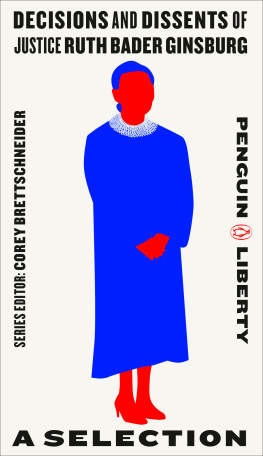


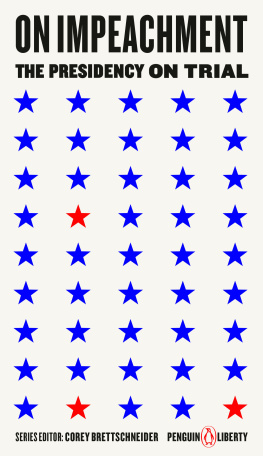
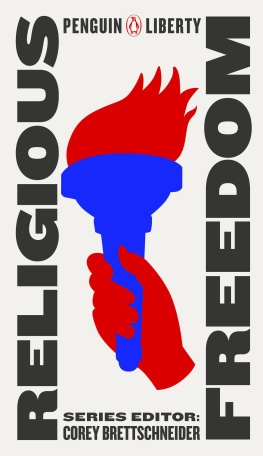
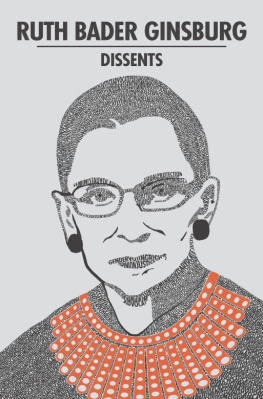

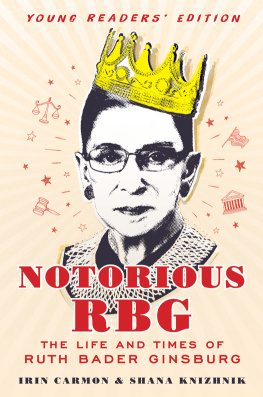
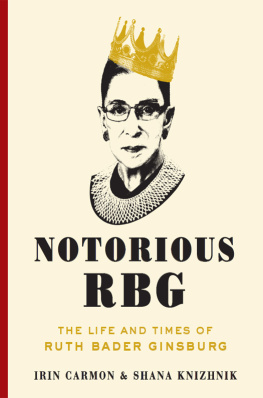
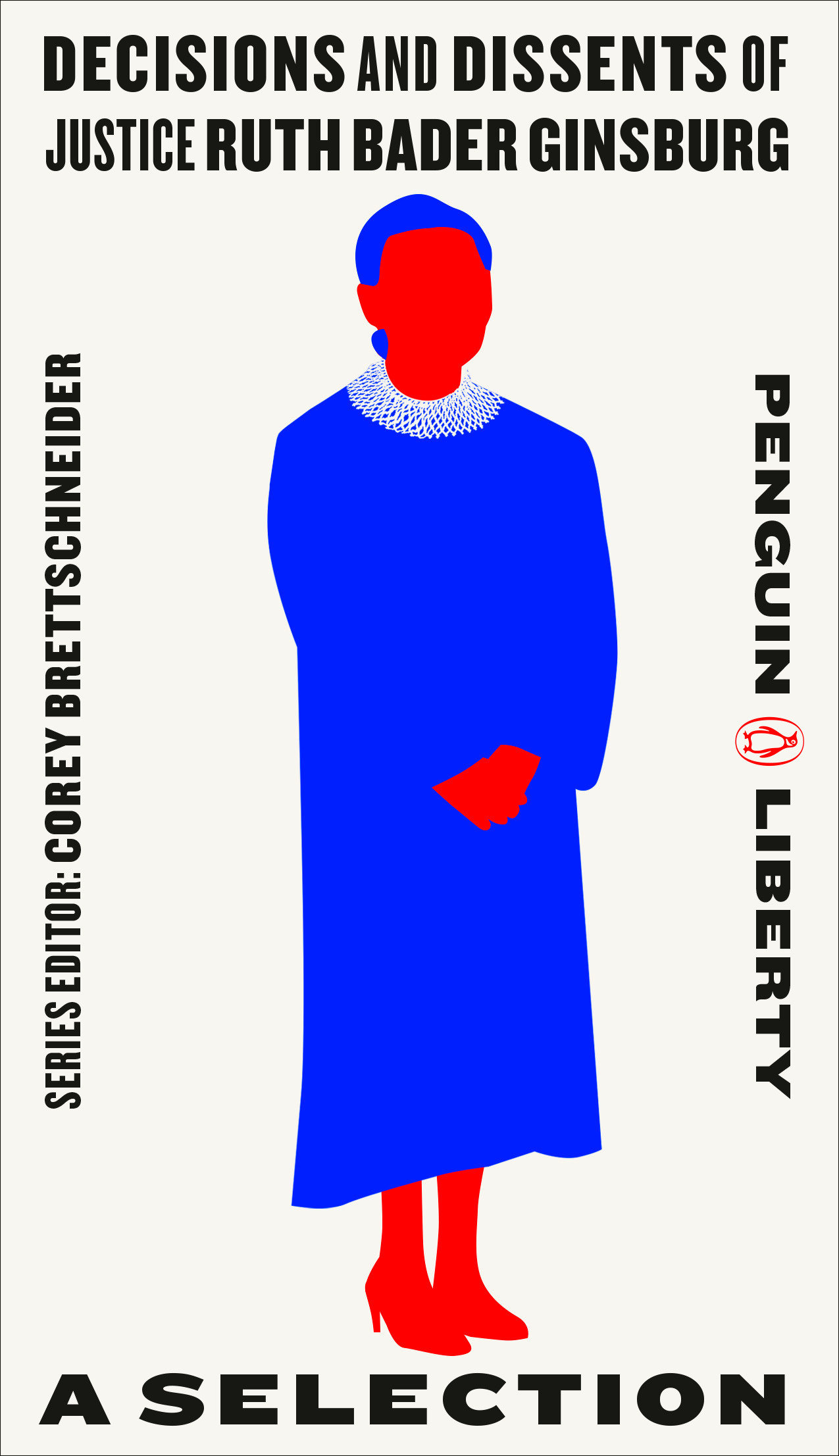
 LIBERTY
LIBERTY